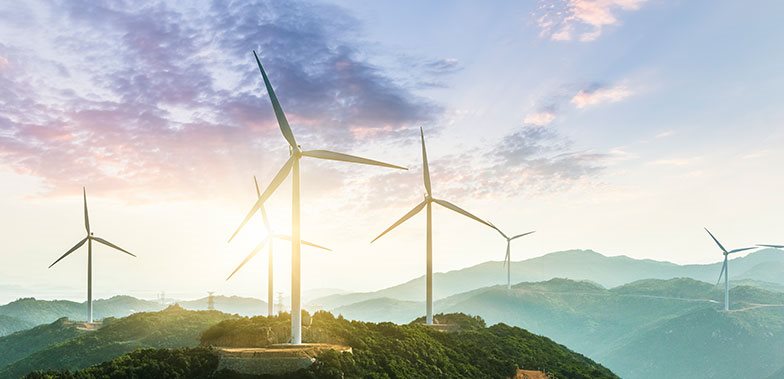Investment in major renewable energy projects in Australia rebounded during the first quarter of 2024 from the low levels experienced last year, according to a report by the Clean Energy Council. However, the industry body stated that this investment rate needs to accelerate even further to achieve a key 2030 clean energy target.
In the first three months of 2024, a total of USD 1.1 billion ($733.5 million) was invested in large-scale renewable energy projects. This figure boosted the 12-month quarterly average investment by 73 per cent to A USD659 million. During the quarter, financial commitments were secured for five projects with a combined capacity of 895 megawatts.
Despite this positive development, the report emphasized that the country requires investments in 6-7 gigawatts of renewable energy capacity each year between now and 2030 to meet the government’s target of achieving an 82 per cent share of power supply from renewable sources by 2030. Currently, Australia’s renewable energy contribution stands at 40 per cent, falling well short of the target, even after the government pledged to underwrite new wind, solar, and battery projects with more than USD 40 billion.
Achieving the renewables target is crucial for Australia to meet its commitment under the Paris Climate Accord to reduce carbon emissions by 43 per cent from 2005 levels by 2030.
Kane Thornton, Chief Executive of the Clean Energy Council, expressed optimism about the positive direction of Australia’s clean energy transformation and its road to recovery. He stated that the landmark commitments made by the federal government in recent months have been designed to build certainty for renewable energy investors, which is expected to drive a resurgence in the large-scale generation needed.
Queensland’s upcoming state budget will unveil Australia’s largest renewable energy investment, with Premier Steven Miles committing an unprecedented $26 billion towards the plan. According to Mr. Miles, the government had no other choice but to make this record injection, as economic models forecast a staggering loss of nearly 100,000 jobs if Queensland deviates from its path towards renewable energy.
The USD 26 billion investment will fund various renewable power, storage, and transmission projects, with a substantial $8.68 billion allocated for the next financial year alone. Mr. Miles stated that if Queensland fails to meet its 75 percent emissions reduction target, the state is projected to lose an additional 87,000 jobs by 2035.
“We don’t have an option,” the premier emphasized on Thursday. “If Queensland doesn’t meet our renewable energy targets, jobs and growth will be devastated. Manufacturing would go offshore, and regional jobs and industries would be lost.”
Queensland’s path to zero emissions has already been enshrined into law following legislation passed in April. The state is committed to reducing emissions by 50 percent by 2030 and 75 percent by 2035, with an 80 percent renewable energy generation target set for 2035. The reforms also entrench public ownership of energy assets.
The massive USD 26 billion green energy investment in the upcoming state budget is approximately USD 7 billion more than previously earmarked. It is set to include $16.5 billion for renewable energy and storage projects, as well as USD 500 million for network batteries and support of local grid solutions.
“We are at a turning point. Our investment in renewable energy is as important today to our economic future as that investment was in the railways in the second half of the 1800s,” Mr. Miles stated. “That’s why in next week’s budget, we are increasing our investment to $26 billion over the next four years – the largest investment in income-earning publicly owned renewable energy assets in the nation.”


